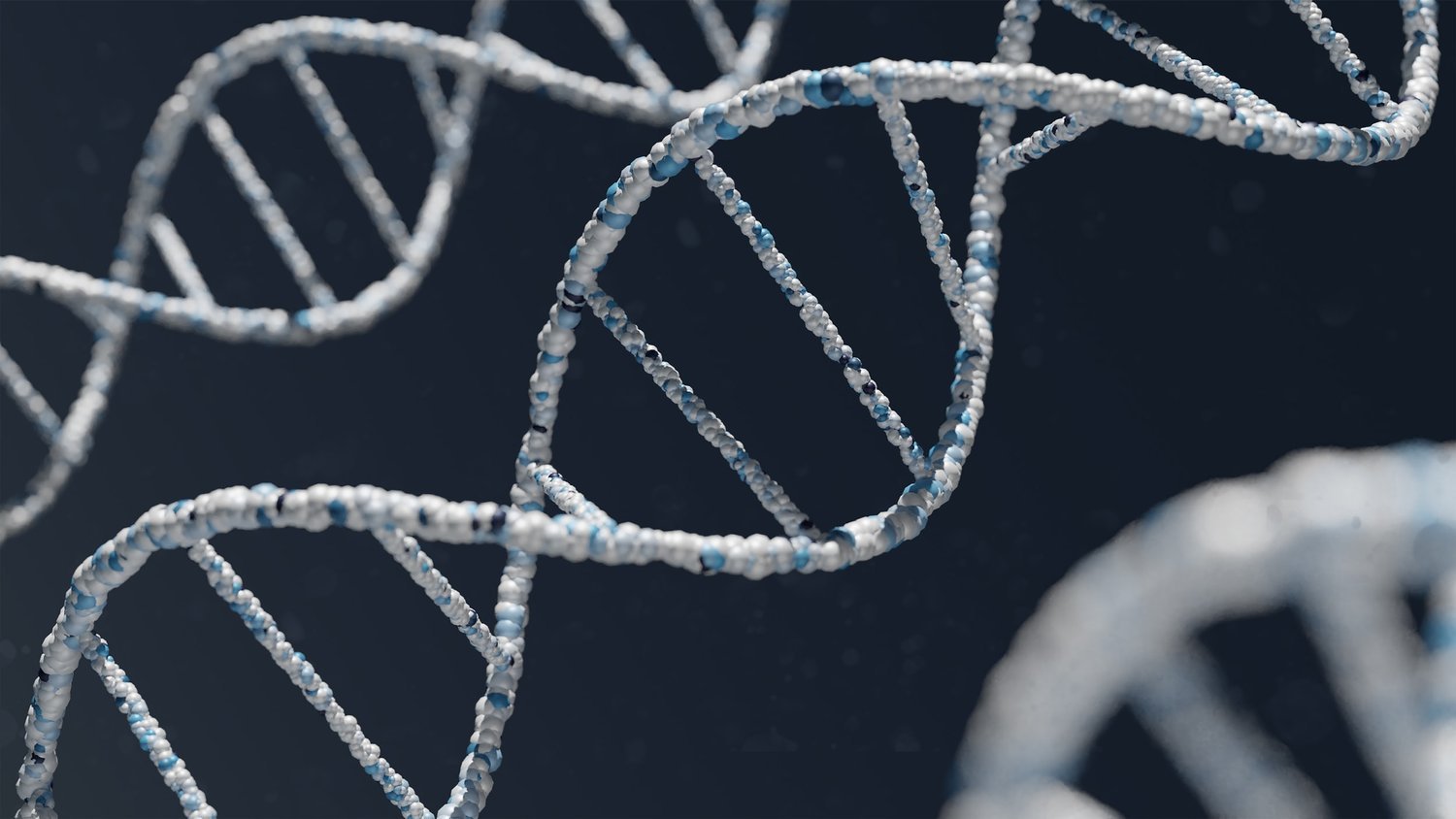
Environmental DNA methodology
Traditional detection methods of aquatic species, such as visual surveys, electrofishing, netting, or trapping, are hindered by their costly, time- and labour-intensive nature. The detection of DNA from environmental samples (eDNA) as opposed to direct observation or contact with an animal is a promising alternative, particularly for elusive species which can be difficult to detect with traditional methods. eDNA studies typically follow two approaches. The first, targeted detection of a single species of interest using taxon-specific primers via quantitative PCR (qPCR) , has been successfully deployed to detect rare, endangered, and invasive species. The second approach is metabarcoding, where multiple species are detected in a given sample using amplification by ‘universal’ primers followed by DNA sequencing and bioinformatic identification of taxa.
Mitochondrial DNA (mtDNA) is typically targeted in eDNA studies due to its high copy number per cell, rapid evolution, allowing for closely related species to be distinguished, and slower degradation than nuclear DNA (nuDNA). However, targeting certain nuDNA sequences, particularly high abundance repeats, may offer some advantages for detection. Short interspersed nuclear elements (SINEs) are repetitive transposable elements often present at thousands of copies/cell; though, SINE-based approaches have yet to be tested in eDNA applications.
Which methods and markers are best in a given eDNA study is still unclear. Furthermore, as eDNA is growing area of study, there is much variation in reported sampling design and methodology between studies. As there is continued interest in utilizing results from eDNA studies to inform management plans, there is need for reliable and accurate reporting, including standardizing methods related to, and the reporting of, limit of detection and limit of quantification for assays used.
Written by Samantha Beal, August 2022
Ongoing eDNA projects
A model species for eDNA analysis is Atlantic Whitefish (Coregonus huntsmani), an endangered salmonid endemic to Nova Scotia, Canada, whose global range has been reduced to three small, interconnected lakes within the Petite Rivière watershed. Atlantic Whitefish will be used as a model for the development and comparison of alternative approaches to eDNA including SINE-based, targeted mtDNA, and metabarcoding. eDNA in water and sediment will also be examined to determine if eDNA yields differs between these two environmental sample types. Through the development of various eDNA workflows, we aim to increase the sensitivity of eDNA analysis while also gaining insights into Atlantic Whitefish biology.
This project is being undertaken by Samantha Beal, a MSc candidate.
eDNA and Atlantic Whitefish
Written by Samantha Beal, August 2022
Atlantic Salmon (Salmo salar) are another species which will benefit from eDNA analysis. Atlantic Salmon are a commercially and culturally important species with multiple populations across the Maritimes. Ongoing research is focused on increasing the acuity of current eDNA detection techniques used to study salmon in the wild. Novel primers which target highly abundant nuclear repeats in Atlantic Salmon will be developed and tested. The overall aim of this project is to increase the limit of detection of wild Atlantic Salmon through eDNA analysis to aid in the management of this species in the future.
This project is being undertaken by Greg Santangeli, an Honours student.
eDNA and Atlantic Salmon
Written by Greg Santangeli and Samantha Beal, August 2022

